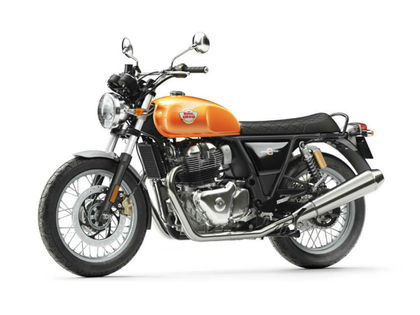Why Do The Royal Enfield 650 Twins Sound So Good?
- by Benjamin Gracias
- Sep 25, 2018
- | Views: 7636
A parallel twin motor that sounds like a V-Twin? We tell you how

If you haven't heard the exhaust note of the Royal Enfield 650 twins, we strongly urge you to click on the video below. Those who have watched it already might be gobsmacked by the glorious exhaust note, and then at the fact that these parallel-twins don’t sound anything like a parallel-twin. A typical parallel-twin exhaust sounds smooth, but the RE Twins sound throaty. And there’s a very good explanation to it.
UPDATE: Royal Enfield 650 Twins Launched Internationally
To begin with, let’s say that it all starts with the crankshaft. In a 720-degree twin-cylinder four-stroke cycle, both cylinders hit the power stroke 180 degrees after each other, post which they need to cover a 540-degree cycle before they hit the power stroke again.
On the RE 650 twins, the two pistons are angled at 270 degrees, wherein the first piston follows the second at three-fourth of a rotation. This has an interesting effect in a 720-degree four-stroke cycle - the second cylinder hits the power stroke at 270 degrees after cylinder one and then cylinder one hits the power stroke after 450 degrees. Here, the power stroke intervals are more spaced out than on an engine with a 180-degree crankshaft.
This firing interval mimics that of a 90-degree V-twin. Hence, you get that unmistakable trait and impressive exhaust note of a V-twin motorcycle. Fun fact: They sound even better with the S&S exhaust pipes that sadly are available as options only for the US and European markets. Stay tuned. Both bikes are launching in International markets tomorrow.
